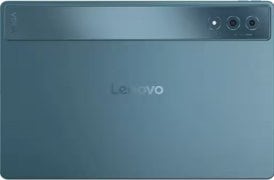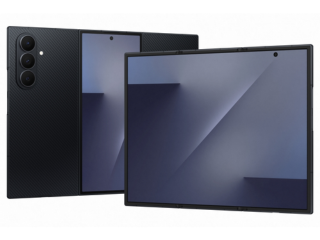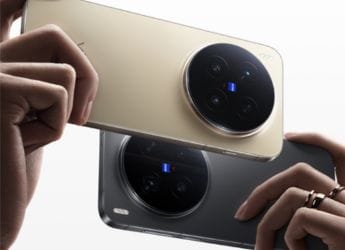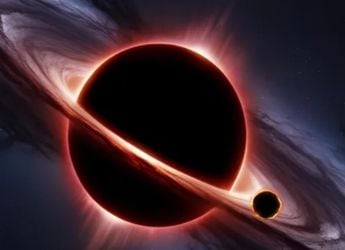- Home
- Science
- Science News
- ISS Crew Studies Bone Loss and Brain Adaptation to Safeguard Astronaut Health
ISS Crew Studies Bone Loss and Brain Adaptation to Safeguard Astronaut Health
ISS crew studies bone and brain health, spacesuit safety, and eye scans while preparing for the next Cygnus cargo resupply mission.

Photo Credit: NASA
Expedition 73 studied bone loss, brain, eyes & suit safety on ISS while prepping for next cargo launch
ISS Experiments Conclude, Bone and Brain Studies Continue – The Expedition 73 crew worked towards several new goals throughout this week to maintain astronaut health in a weightless environment. NASA astronaut Jonny Kim studied bone stem cells to explore the molecular basis of bone deterioration during space travel, while Roscosmos cosmonaut Oleg Platonov investigated how the brain adapts to weightlessness using virtual reality. In the interim, the astronauts checked spacesuit safety features, scanned their eyes with ultrasound and snapped pictures of Earth's landscapes, all of which will help make future human missions safer and more enduring in space.
Protecting Astronaut Health Through Space Science
As per NASA, bone strength and health are a concern in space because astronauts lose bone mass at a rate faster than when ageing on Earth's surface. To combat this, Kim grew bone stem cell samples inside the Kibo laboratory's Life Science Glovebox.
His research is about protecting skeletal systems in orbit and could provide insights to treat bone diseases on Earth as well. In the meantime, Platonov's new research into brain changes in microgravity focuses on balance and spatial navigation, and could eventually benefit the training of astronauts for long-duration missions in space.
Preparing for Future Missions with Research and Resupply
Astronaut Zena Cardman of NASA was inside the Quest airlock Tuesday afternoon, testing spacesuit jetpacks that could be used to help spacewalkers safely get back to the space station if they were to become accidentally untethered.
She also held canisters to remove carbon dioxide. Cardman Ulater teamed up with astronauts Mike Fincke and Kimiya Yui for ultrasound eye scans, while doctors on Earth disrupted them periodically to follow changes to the optic nerve, lens and cornea in near real-time.
While aboard the orbiting laboratory, Commander Sergey Ryzhikov serviced the Zvezda module's ventilation system and remotely took images of Australian and South American landmarks. Cosmonaut Alexey Zubritsky took navigation gear out of the Progress 92 resupply ship, then joined Platonov for an educational video filming an experiment on motion in space.
Get your daily dose of tech news, reviews, and insights, in under 80 characters on Gadgets 360 Turbo. Connect with fellow tech lovers on our Forum. Follow us on X, Facebook, WhatsApp, Threads and Google News for instant updates. Catch all the action on our YouTube channel.
Related Stories
- Samsung Galaxy Unpacked 2025
- ChatGPT
- Redmi Note 14 Pro+
- iPhone 16
- Apple Vision Pro
- Oneplus 12
- OnePlus Nord CE 3 Lite 5G
- iPhone 13
- Xiaomi 14 Pro
- Oppo Find N3
- Tecno Spark Go (2023)
- Realme V30
- Best Phones Under 25000
- Samsung Galaxy S24 Series
- Cryptocurrency
- iQoo 12
- Samsung Galaxy S24 Ultra
- Giottus
- Samsung Galaxy Z Flip 5
- Apple 'Scary Fast'
- Housefull 5
- GoPro Hero 12 Black Review
- Invincible Season 2
- JioGlass
- HD Ready TV
- Laptop Under 50000
- Smartwatch Under 10000
- Latest Mobile Phones
- Compare Phones
- Samsung Galaxy Z TriFold
- Poco F8 Ultra
- Poco F8 Pro
- Huawei Mate 80 RS Master Edition
- Huawei Mate 80 Pro Max
- Huawei Mate 80 Pro
- Huawei Mate 80
- Huawei Mate X7
- Asus ProArt P16
- MacBook Pro 14-inch (M5, 2025)
- Poco Pad M1
- Poco Pad X1
- Honor Watch X5
- Huawei Watch Ultimate 2
- Acerpure Nitro Z Series 100-inch QLED TV
- Samsung 43 Inch LED Ultra HD (4K) Smart TV (UA43UE81AFULXL)
- Asus ROG Ally
- Nintendo Switch Lite
- Haier 1.6 Ton 5 Star Inverter Split AC (HSU19G-MZAID5BN-INV)
- Haier 1.6 Ton 5 Star Inverter Split AC (HSU19G-MZAIM5BN-INV)

















